#Domain #Range #FunctionsFind the Domain and the Range of the square root function y = square root of (1 x^2)Learn more about functions here https//wwwfStep 1 Enter the Function you want to domain into the editor The domain calculator allows you to take a simple or complex function and find the domain in both interval and set notation instantly Step 2 Click the blue arrow to submit and see the result!1 Given the quadratic equation y=x^22x8, find a) the vertex b) the axis of symmetry c) the intercepts d) the domain e) the range f) the interval where the function is increasing and g) the interval where the function is decreasing h) graph the function y=x^22x8 2
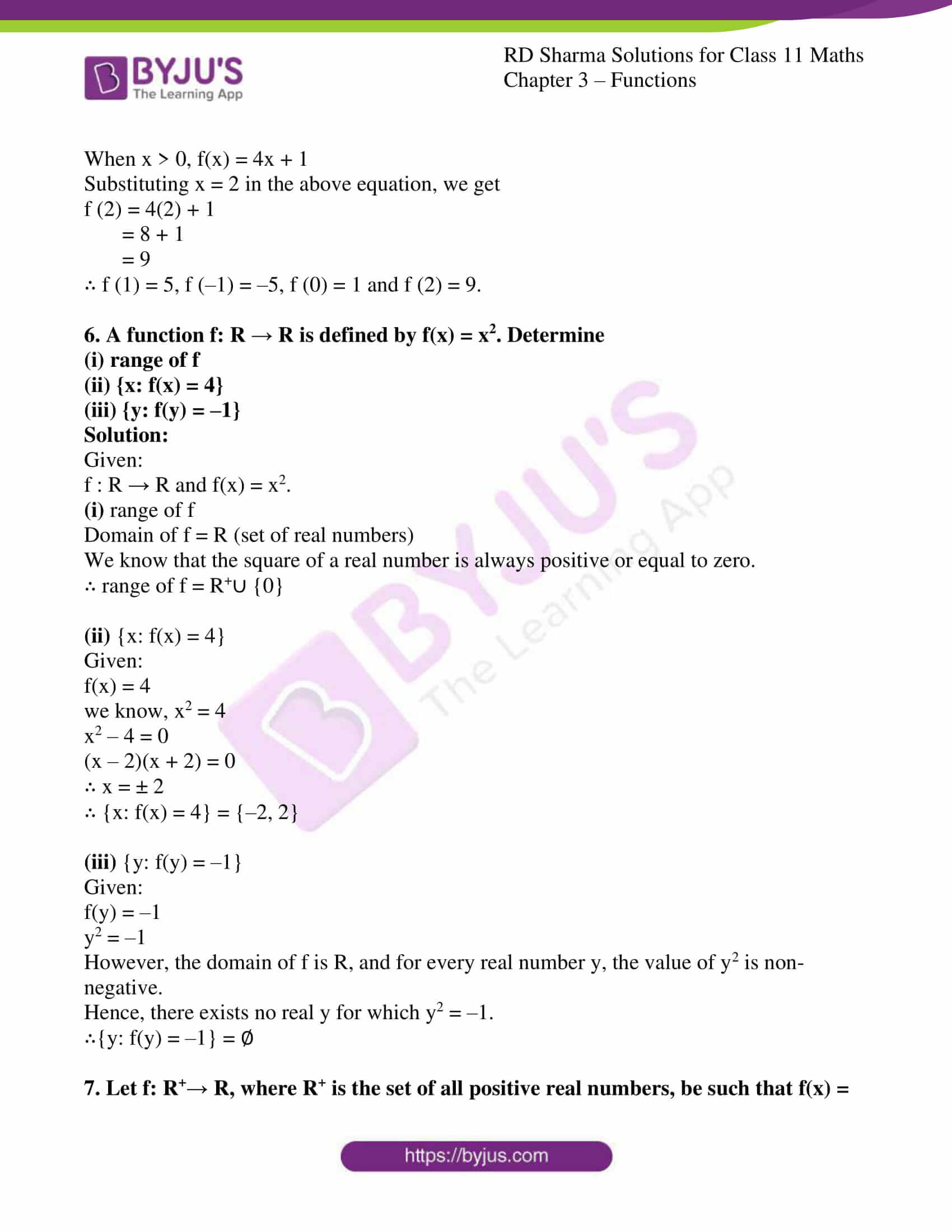
Rd Sharma Solutions For Class 11 Chapter 3 Functions
Y=x^2+2x-8 domain
Y=x^2+2x-8 domain-Y = x2 8 y = x 2 8 The domain of the expression is all real numbers except where the expression is undefined In this case, there is no real number that makes the expression undefined Interval Notation (−∞,∞) ( ∞, ∞) Set Builder Notation {xx ∈ R} { x x ∈ ℝ } The range is the set of all valid y y valuesFind the domain and the range after graphing y= x^2 1 Domain Start with the assumption that the domain is "all Real Numbers" Then look at your equation to see if certain forms there restrict the values of "x" Examples 1/(x2) which means x cannot "2" sqrt(x2) which requires that x




Exercise 1 3 Functions Problem Questions With Answer Solution
Determine the domain and range of the function f of X is equal to 3x squared plus 6x minus 2 so the domain of the function is what is the set of all of the valid inputs or all of the valid X values for this function and I can take any real number square it multiply it by 3 then add 6 times that real number and then subtract 2 from it so essentially any number if we're talking about reals when Section 43 Double Integrals over General Regions In the previous section we looked at double integrals over rectangular regions The problem with this is that most of the regions are not rectangular so we need to now look at the following double integral, ∬ D f (x,y) dA ∬ D f ( x, y) d A where D D is any regionSolve your math problems using our free math solver with stepbystep solutions Our math solver supports basic math, prealgebra, algebra, trigonometry, calculus and more
Popular Problems Algebra Find the Domain and Range f (x)=x^22x8 f (x) = x2 − 2x − 8 f ( x) = x 2 2 x 8 The domain of the expression is all real numbers except where the expression is undefined In this case, there is no real number that makes theFind the domain of function f defined by f (x) = ln (2 x 2 3x 5) Solution to Example 5 The domain of this function is the set of all values of x such that 2 x 2 3x 5 > 0 We need to solve the inequality 2 x 2 3x 5 > 0 Factor the expression on the left hand side of the inequality (2x 5) (x 1) > 0 Solve the above inequalityAlgebra Find the Domain and Range y=x^22x8 y = x2 − 2x − 8 y = x 2 2 x 8 The domain of the expression is all real numbers except where the expression is undefined In this case, there is no real number that makes the expression undefined Interval Notation
Two numbers r and s sum up to 3 exactly when the average of the two numbers is \frac{1}{2}*3 = \frac{3}{2} You can also see that the midpoint of r and s corresponds to the axis of symmetry of the parabola represented by the quadratic equation y=x^2BxC The values of r and s are equidistant from the center by an unknown quantity u The domain of quadratics will always be "all real numbers" (doesn't matter if max or min) y = x2 2x 8 Find the vertex y = x2 12x 32 Find the vertex y = x2 4x Finding the Vertex of the Quadratic (from an equation in vertex form) Vertex Form makes finding the vertex easy Answer to For the equation y=x^22x8 a Find x and y intercepts of the graph, if they exist, b Create a table of sample points on the graph of
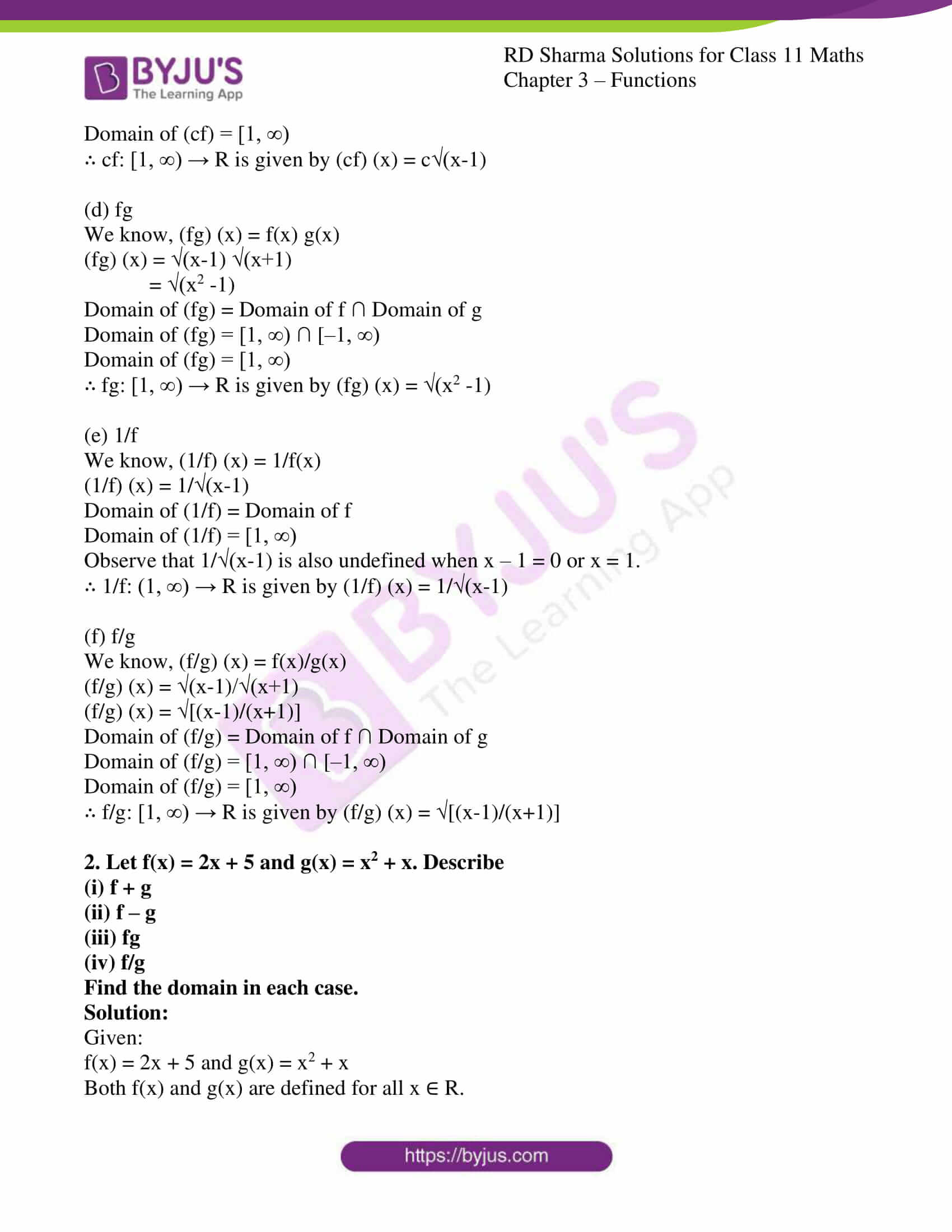



Rd Sharma Solutions For Class 11 Chapter 3 Functions




Example 10 R X Y Y 2x What Is Domain Codomain Range
Therefore, the domain is (infinity,2) U (4,infinity) For finding the range, y^2 = x^2–2x8 x^2–2x8y^2=0 x = (2) or √4–4x1x(8y^2) / 2x1 By the formula,Again the challenge, you give me a number y and ask for x so that y = (8x3)/(4x1) This time as before I need to solve for x to see if such an x exists When I solved for x I got x = (y3)/(4y2) The domain of this function is all the values of x for which the function holds The range is all those values of y for which the function is valid Now, coming to your question #y = x^2 / 2 4# This function is valid for any real value of x Thus the domain of this function is the set of all real numbers, ie , #R# Now, separate out x #y= x^2 /2 4#




How To Find The Domain Of A Function Video Khan Academy



1
Y=x^22x8 please help ♀️ Get the answers you need, now!You can put this solution on YOUR website!2x 8 if x 2 x2 if x > 2 Answer We know how to graph the line y = 2x 8, and we could plot points to graph y = x2 However, the rule of the function changes at x = 2 We can think of the vertical line x = 2 as splitting the graph into two parts On the left, the picture looks like y = 2x 8 On the right, the picture looks like y = x2 1
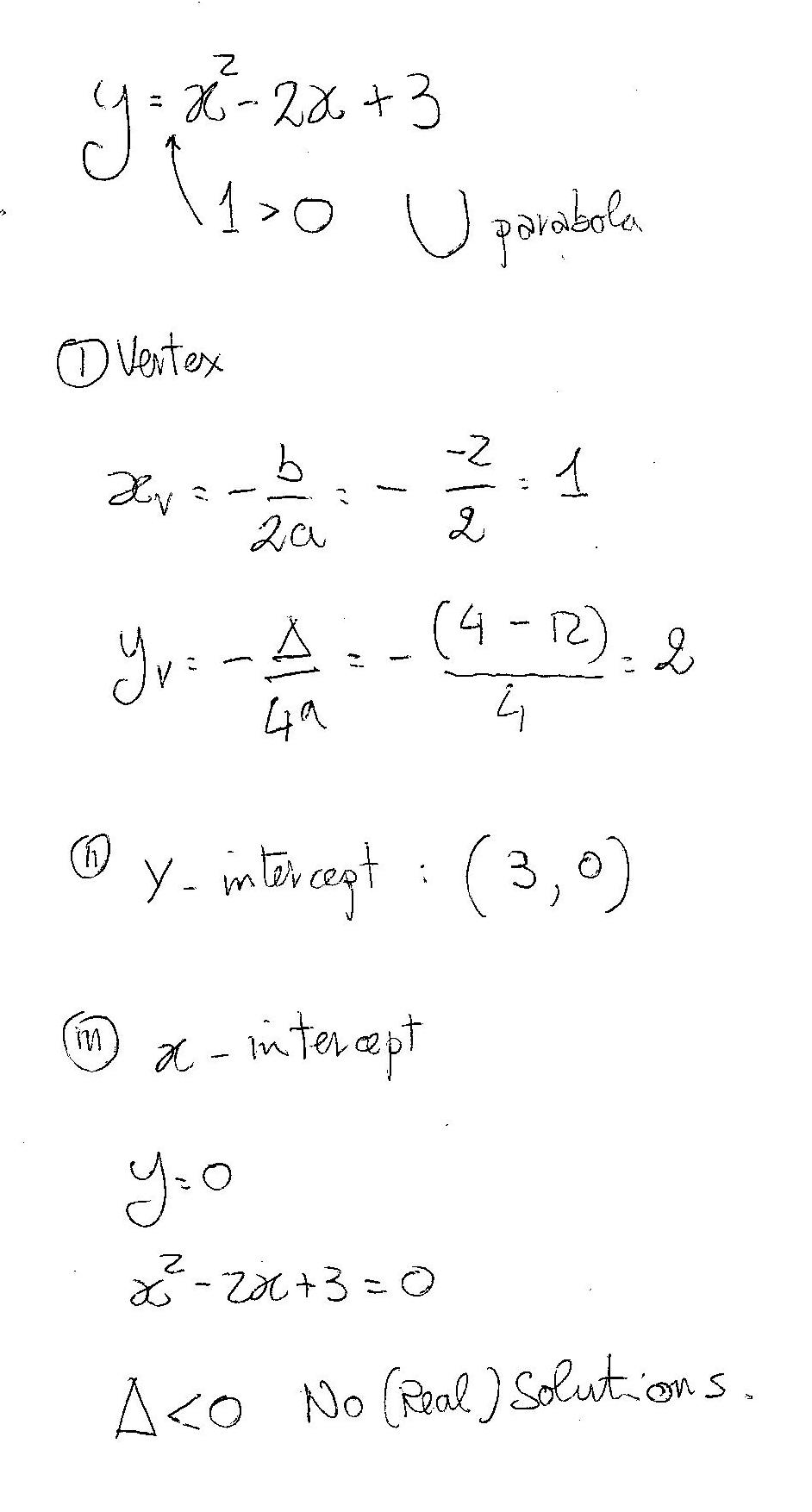



How Do You Graph Y X 2 2x 3 Socratic




Domain And Range Restrictions Desmos
X^ {2}2x5=y Quadratic equations such as this one can be solved by completing the square In order to complete the square, the equation must first be in the form x^ {2}bx=c x^ {2}2x55=y5 Subtract 5 from both sides of the equation x^ {2}2x=y5 Subtracting 5 from itself leaves 0 x^ {2}2x1^ {2}=y51^ {2}D the domain e the range f the interval where the function is increasing, and g the interval where the function is decreasing h Graph the function y=x^22x8 2 Given the following rational function, find a the horizontal asymptote(s), b the vertical asymptote(s), if any, and c the oblique asymptote(s), if any f(x)=6/(x5)More than just an online factoring calculator WolframAlpha is a great tool for factoring, expanding or simplifying polynomials It also multiplies, divides and finds the greatest common divisors of pairs of polynomials;



How To Find The Domain And Range From Y X 2 2x 8 Quora




Draw The Graph For The Polynomial P X X2 2x 8 And Find The Zeroes Form The Graph Brainly In
A) The domain is the set of all real numbers except 4 and 2 (Determine the domain first before making any cancellations!) b)There is a vertical asymptote at x = 4Find the X and Y Intercepts y=x^22x8 Find the xintercepts Tap for more steps To find the xintercept (s), substitute in for and solve for Solve the equation Tap for more steps Rewrite the equation as Factor using the AC method Tap for more steps Consider the formNow domain refers to all the values of x for which y exists Here y will exist for all values of x that allow x^2 3x 2 to be positive as the logarithm for 0 or negative values is not defined



Given The Quadratic Equation Y X 2 6x 5 Find The Vertex Axis Of Symmetry Intercepts Domain Range Interval Where The Function Is Increasing And Enotes Com




Rd Sharma Solutions For Class 11 Chapter 3 Functions
Find the domain of 1/(e^(1/x)1) function domain square root of cos(x)Graph the function {eq}y = (x 2)(x 4) {/eq} Determine the following a Vertex b yintercept c xintercept(s) d Axis of Symmetry e DomainSolve your math problems using our free math solver with stepbystep solutions Our math solver supports basic math, prealgebra, algebra, trigonometry, calculus and more




Exam 2 Practice
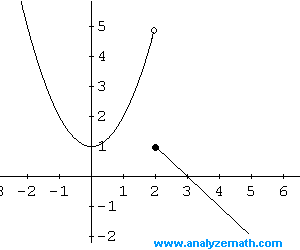



Graph Piecewise Functions
Here are the steps required for Finding the Domain of a Rational Function Step 1 A rational function is simply a fraction and in a fraction the denominator cannot equal zero because it would be undefined To find which numbers make the fraction undefined, create an equation where the denominator is not equal to zeroThis is the only value of x that breaks the function so the domain of f(x) = (8x3)/(4x1) is al real numbers x except x = 1/4 What about the range?Substitution method y = −2x 8, y = x − 1 en Related Symbolab blog posts High School Math Solutions – Systems of Equations Calculator, Elimination A system of equations is a collection of two or more equations with the same set of variables In this blog post,




Domain And Range Of Quadratic Functions Video Khan Academy
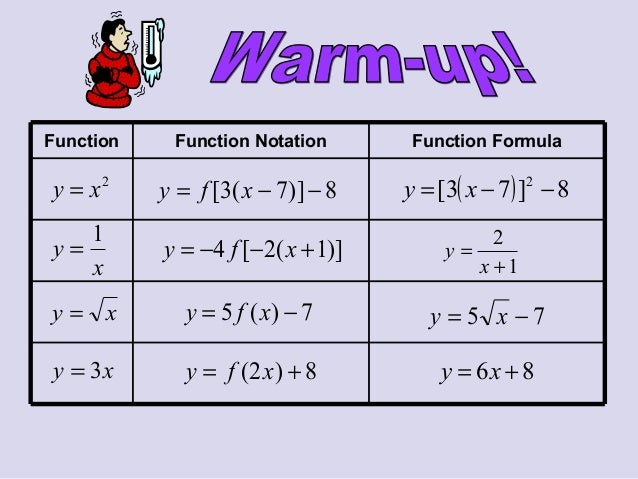



D Domain And Range
Graph the quadratic function f(x)=x^22x3Find its Vertex Form ( completing the square)Find the x and y interceptsFind the axis of symmetryFind its domain aFor the quadratic function f(x) = x^2 2x 8 Find a THe axis of symmetry and the vertex b THe xintercepts and y intercepts c The domain and range d Does the function have a maximum or minimum value first lets complete the square vertex is at (1,9) axis of symmetry is x=1 y intercept is found by setting x to zero>y=008Domain And Range Of 2x 3 X 2 A Rational Function Youtube For more information and source, see on this link https//myoutubecom/watch?v=qZKzXIgWGk




Iv Intervals Where Th Descubre Como Resolverlo En Qanda




Find The Domain And Range Of F X Xx 2 2x 3
Find the domain of f of X is equal to the principal square root of 2x minus 8 so the domain of a function is just the set of all of the possible valid inputs into the function or all of the possible values for which the function is defined and when we look at the how the function is defined right over here as the square root the principal square root of 2x minus 8 it's only going to be definedWhenever we came across Square root in the function we need to check one condition always i e Expression under the square root>=0 (to avoid imaginary numbers) x^24>=0 x^2>=4 x>=2i So that means we can take any real number as a value of x becausFree functions domain calculator find functions domain stepbystep This website uses cookies to ensure you get the best experience By using this website, you agree to our Cookie Policy



1
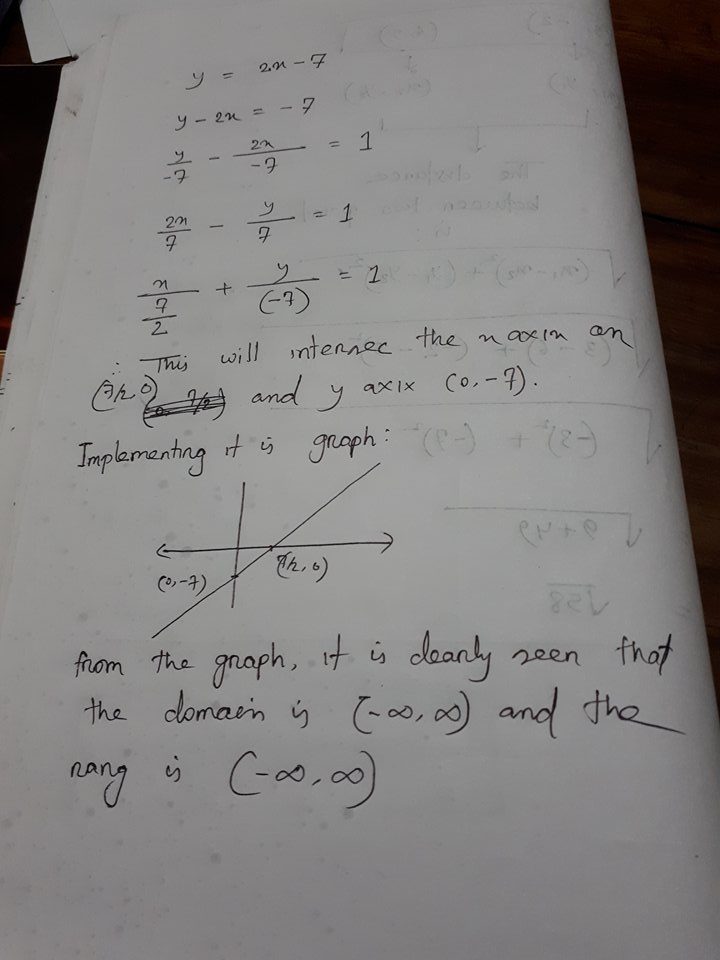



What Is The Domain And Range Of Y 2x 7 Socratic
Domain and range » Tips for entering queries Enter your queries using plain English To avoid ambiguous queries, make sure to use parentheses where necessary Here are some examples illustrating how to ask for the domain and range domain of log(x) (x^21)/(x^21) domain;Statistics Arithmetic Mean Geometric Mean Quadratic Mean Median Mode Order Minimum Maximum Probability MidRange Range Standard Deviation Variance Lower Quartile Upper Quartile Interquartile Range Midhinge Standard Normal Distribution PhysicsYes that is how it works, if you have f (x)=x² and are asked what is f (2), then you replace every instance of x in the function definition with 2 so given f (x) = x², that means f (2) = 2² = 4 Here is another example If f (x) = x² 5x then f (2) = 2² (5) (2) = 4 10 = 14




Exercise 1 3 Functions Problem Questions With Answer Solution




F X 3x 2x 8 Find Domain And Range Brainly In
Y = √x^2–2x8 For finding the domain, y = √(x4)(x2) (By simplifying) (x4)(x2) > 0 (Since the expression inside square root should always be greater than zero otherwise it will produce imaginary values) Case 1 x4>0 and x2>0 (to produce (x4)Determines values of polynomial roots;Precalculus We find the domain and range of the function f(x) = 1/(x^22x8) Two approaches are used the first uses the graph of the parabola y=x^2x8,




6 Ways To Find The Domain Of A Function Wikihow



Http Www Eastauroraschools Org Cms Lib Ny Centricity Domain 323 Midterm 2 answers Pdf
Compute answers using Wolfram's breakthrough technology & knowledgebase, relied on by millions of students & professionals For math, science, nutrition, historyFinds partial fraction decompositions; The domain includes all the values of #x# that you can "legally" plug into the equation If plugging in zero forced you to divide by zero or put a negative into a square root, those would be outside the domain of acceptable #x# values In the equation #y=2x^28#, you are neither dividing by an #x# term, nor are you dealing with #x# values under a radical sign




Ppt Function Iii Powerpoint Presentation Free Download Id
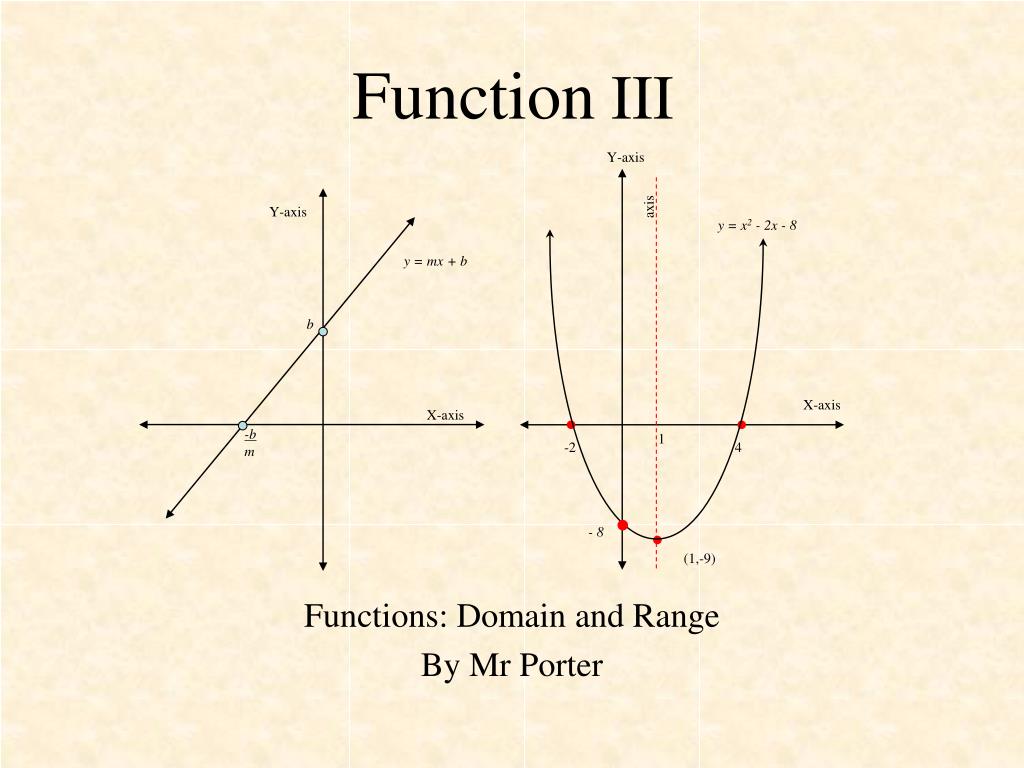



Ppt Function Iii Powerpoint Presentation Free Download Id
Y=x^22x8 (3/2,0) and (7,0) Find the root(s) y=(2x3)(x7) YOU MIGHT ALSO LIKE 23 terms COP 2258 13 terms Finding x and yintercepts 12 terms Finding x and yintercepts 12 terms Finding x and yintercepts OTHER SETS BY THIS CREATOR 14 terms Domain and Range Interval Notation 16 terms Functions 5 terms Axis of Symmetry andGet stepbystep solutions from expert tutors as fast as 1530 minutes Your first 5 questions are on us!Solve your math problems using our free math solver with stepbystep solutions Our math solver supports basic math, prealgebra, algebra, trigonometry, calculus and more



2




Ixl Domain And Range Of Absolute Value Functions Equations Secondary 3 Maths Practice
Free factor calculator Factor quadratic equations stepbystep



Resources Finalsite Net Images V Fairfieldschoolsorg Zweviahhgmq66lumvxba Ap Calc Summer Review Packet Key Pdf
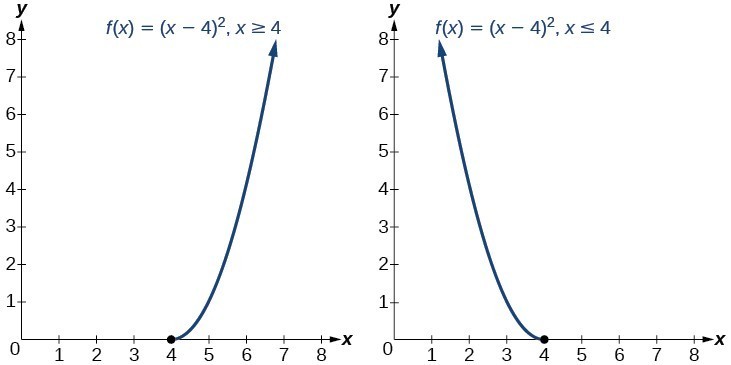



Restrict The Domain To Find The Inverse Of A Polynomial Function College Algebra




How To Find Domain And Range Of The Inverse Of A Relation Sat Math




Graphing Parabolas
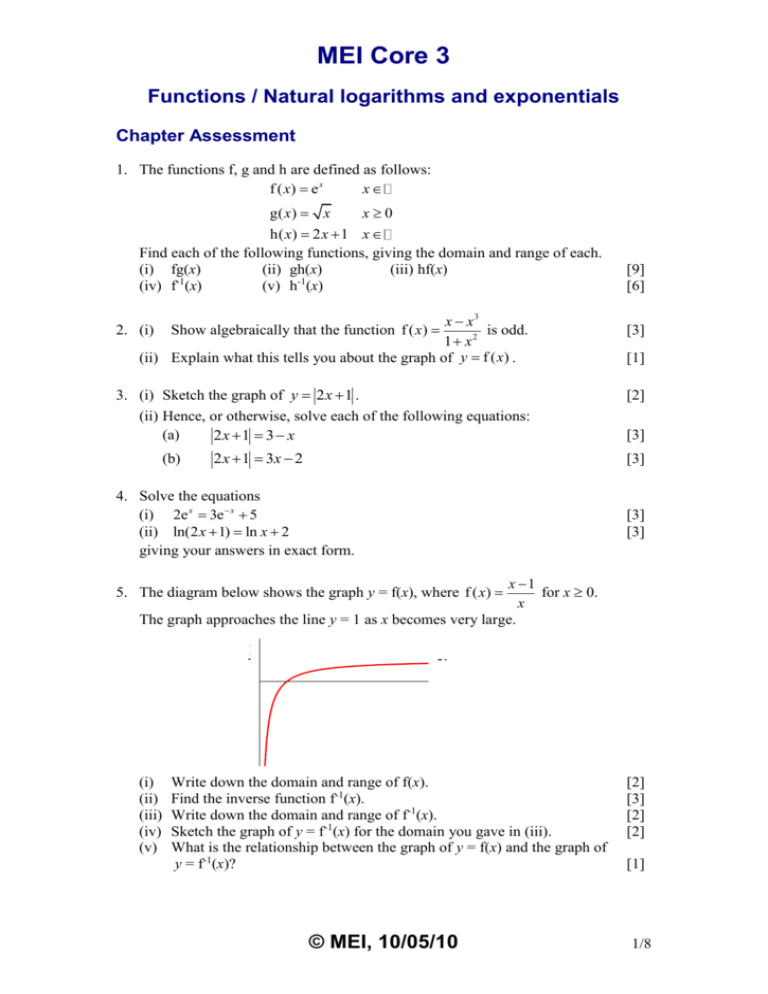



C3 Functions



Curve Sketching




Domain And Range Restrictions Desmos
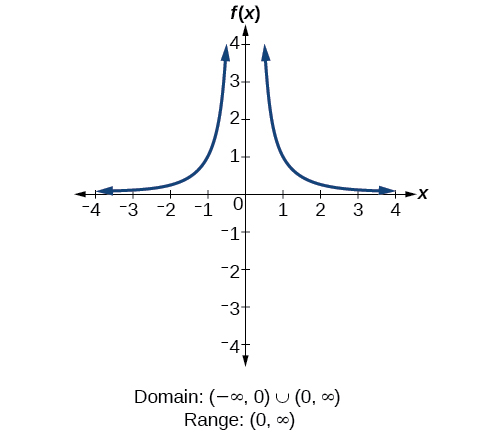



3 3 Domain And Range Mathematics Libretexts



Http Www Math Wm Edu Crhumber Ma103 Test1 Ques Sol Pdf
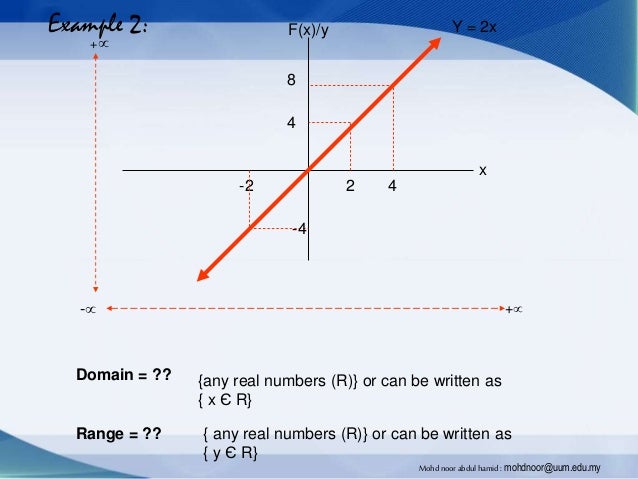



Introduction To Function Domain And Range Mohd Noor




Misc 3 Find Domain Of F X X2 2x 1 X2 8x 12
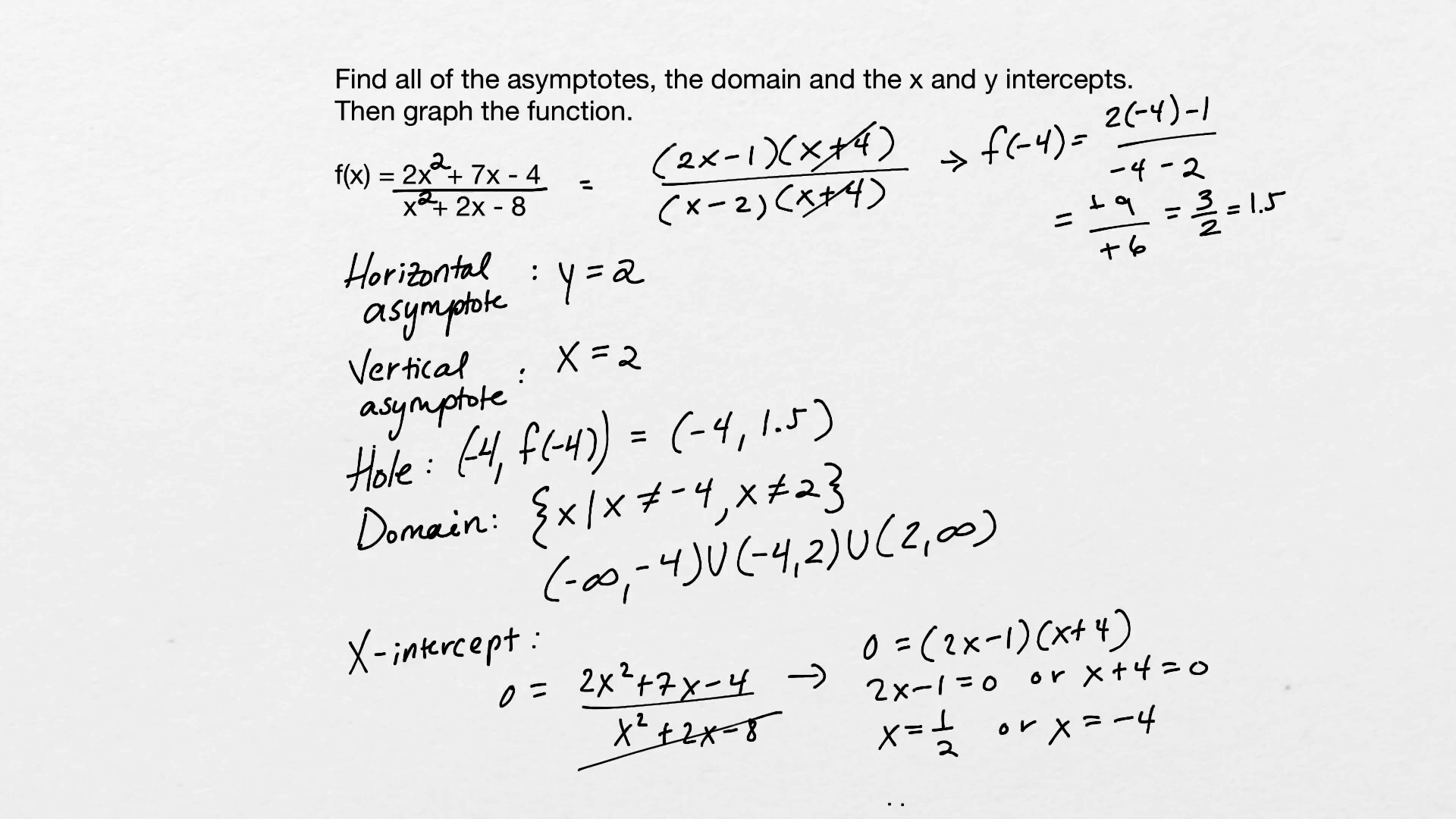



Instantcert Credit College Algebra Lesson 22



2



Answer In Algebra For Dani Wagas



Education Gov Gy Web2 Index Php Students Resources Secondary School Resources Grade11 Grade11 Worksheets Grade 11 Worksheets Mathematics 27 Grade 11 Mathematics Week 3 Lesson 2 File
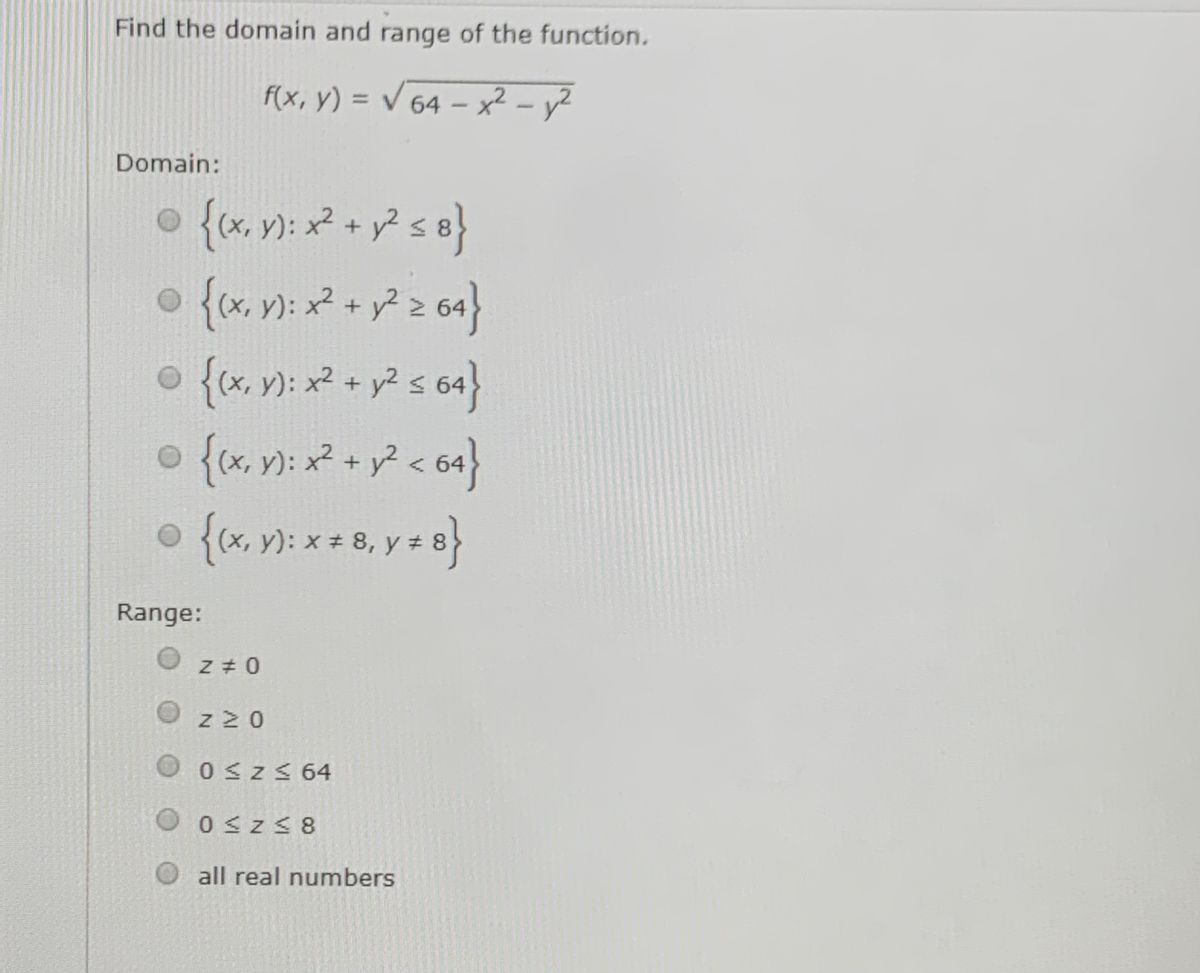



Answered Find The Domain And Range Of The Bartleby




Oneclass Sketch The Graph Of Y X 8 2x 22 2x Given That Cm 3 Is The Volume Of A Cuboid With H




Restriction Mathematics Wikipedia



9y4 X Domain N 235 10ydfrac See How To Solve It At Qanda




Find The Domain And Range Of Y Sqrt X 2 81




Find The Domain And Range Function F X X 2 3x 2 X 2 4x
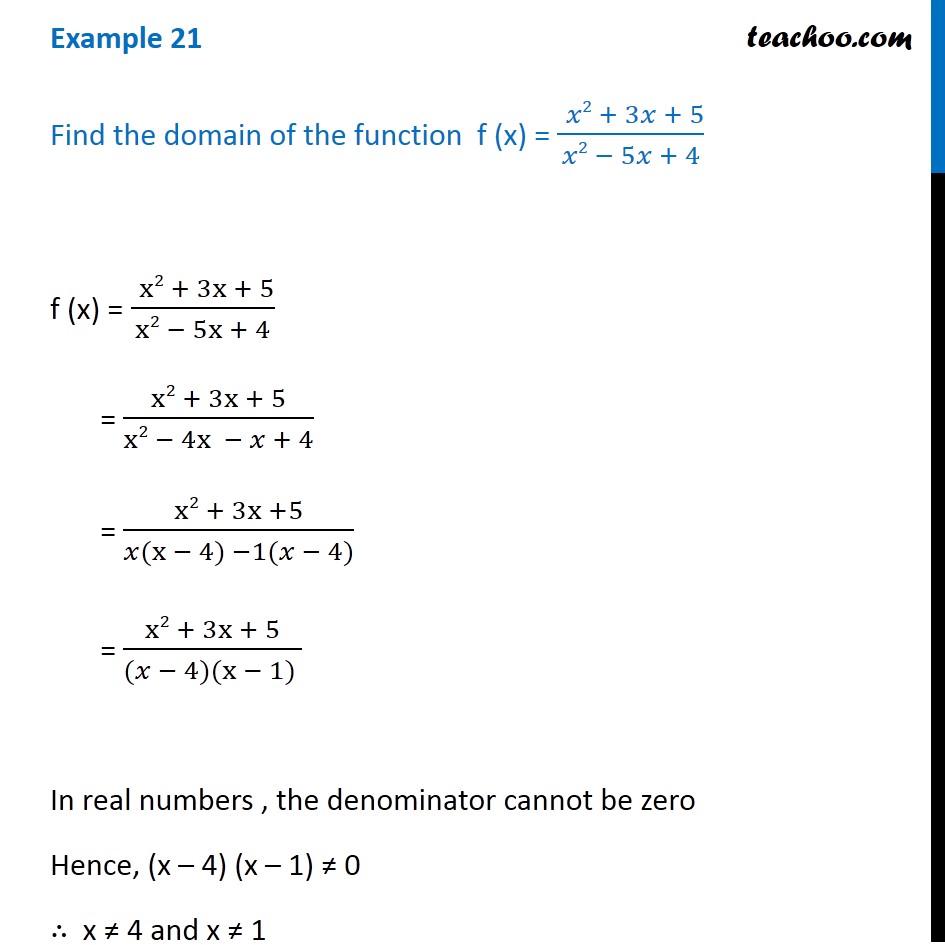



Example 21 Find Domain Of F X X2 3x 5 X2 5x 4



Search Q Domain And Range Table Tbm Isch




Graphing Parabolas




Domain And Range Of 1 X 2 2x 8 Youtube




Find Domain And Range Of Function Y 1 X 2 Youtube



Find Range Of Square Root Functions



Http Images Pcmac Org Sisfiles Schools Ms Desotocounty Lewisburghigh Uploads Forms Review For Algebra Iii Test Pdf




For The Quadratic Function F X X2 2x 8 Answer Chegg Com
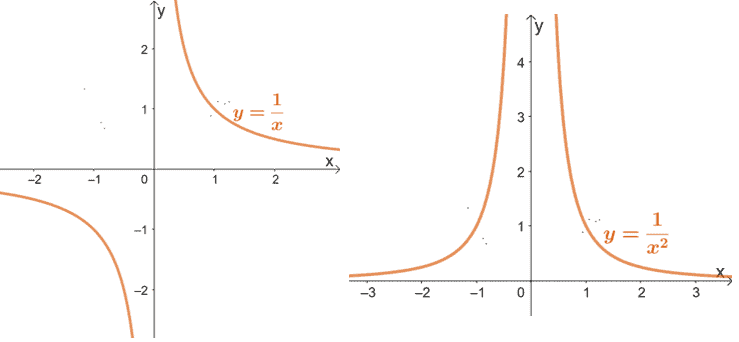



Power Function Properties Graphs Applications




How To Find Domain And Range Of The Inverse Of A Relation Sat Math



Efisd Net Common Pages Displayfile Aspx Itemid



Key To Practice Exam 3



2
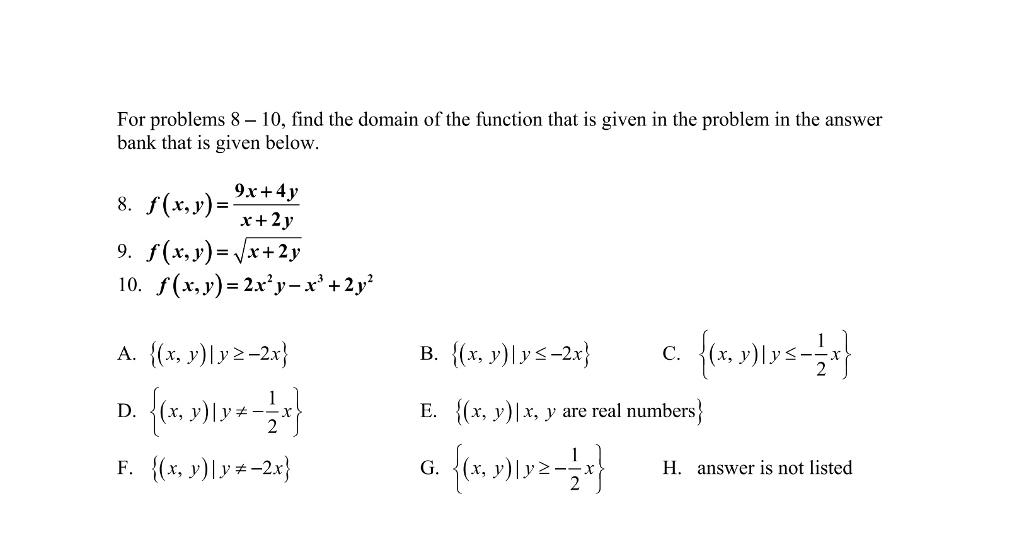



Find The Domain Of The Functions Given In The Problem Chegg Com




How To Find Domain And Range From A Graph Video Khan Academy




Y X 2 2x 8 Vertex Novocom Top




Find Domain Of X 2 5x 6 Mathematics Topperlearning Com Hv2l3nff



Solution Y 2x 2 X 6 Find The Vertex Min Or Max Zero 39 S Y Intercept Axis Of Symmetry Wider Or Thinner Domain Range




Find Domain And Range Of Function Y Sqrt 1 X 2 Youtube
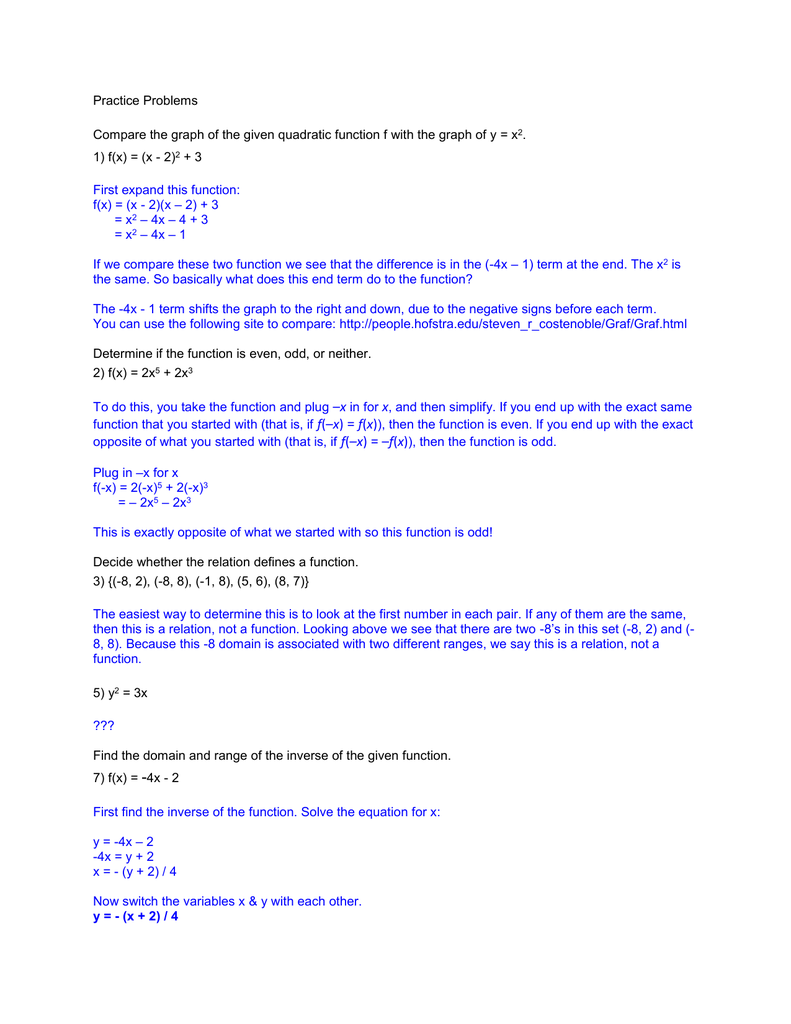



Practice Problems




Find The Domain Of The Function F X X2 2x 1 X2 8x 12 Brainly In



Www Unit5 Org Site Handlers Filedownload Ashx Moduleinstanceid 3 Dataid Filename Quiz 7 review answers Pdf




Domain And Range Of Functions
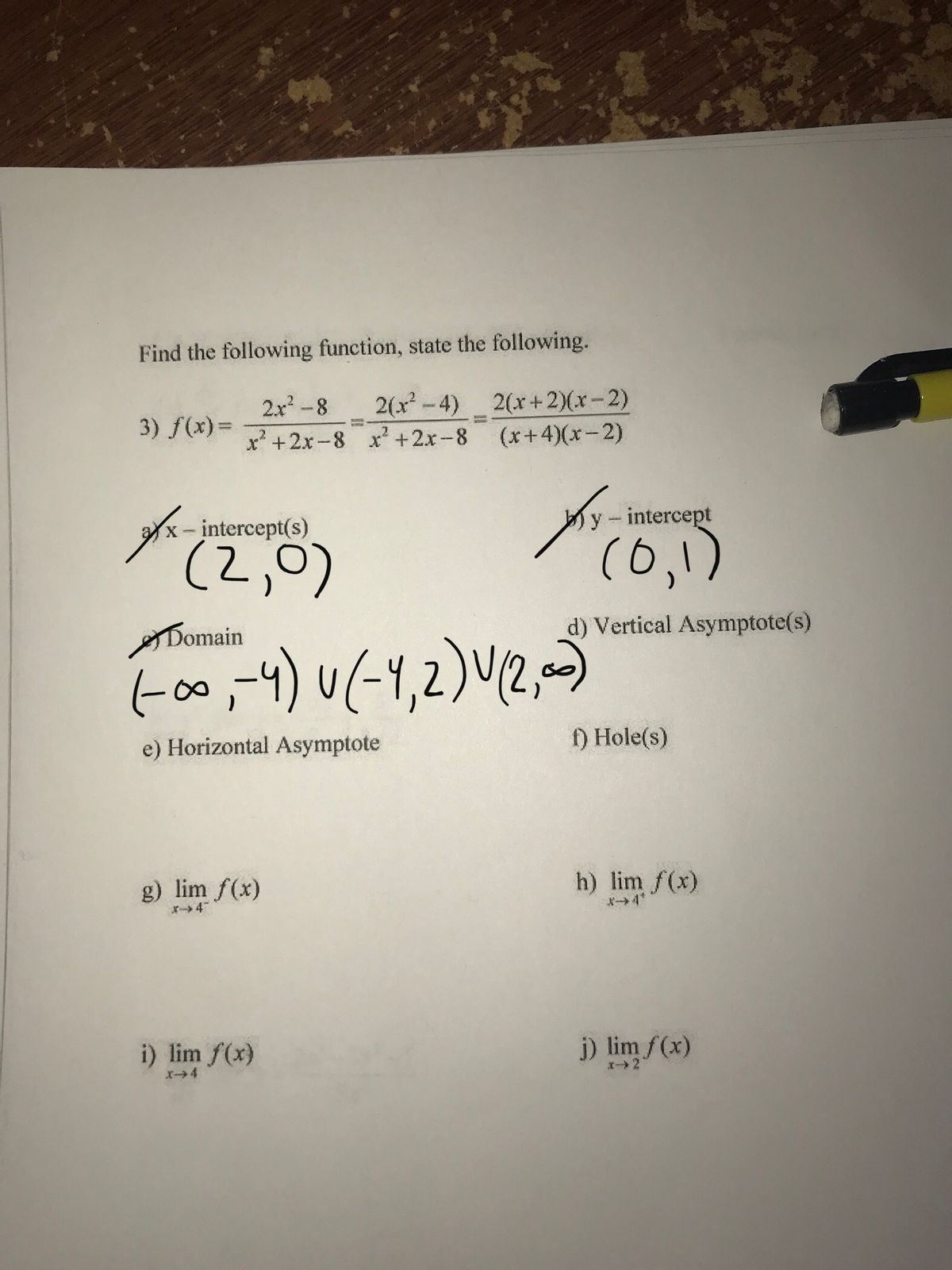



Answered Find The Following Function State The Bartleby




Restrict The Domain To Find The Inverse Of A Polynomial Function College Algebra
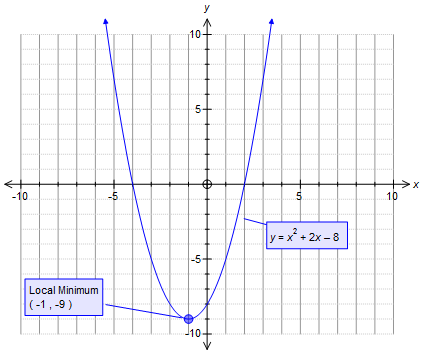



What Is The Axis Of Symmetry And Vertex For The Graph F X X 2 2x 8 Socratic



Q Tbn And9gcqj529kunx E23asbmwgf8sdjnucswezuevva8edino5czgfbjv Usqp Cau
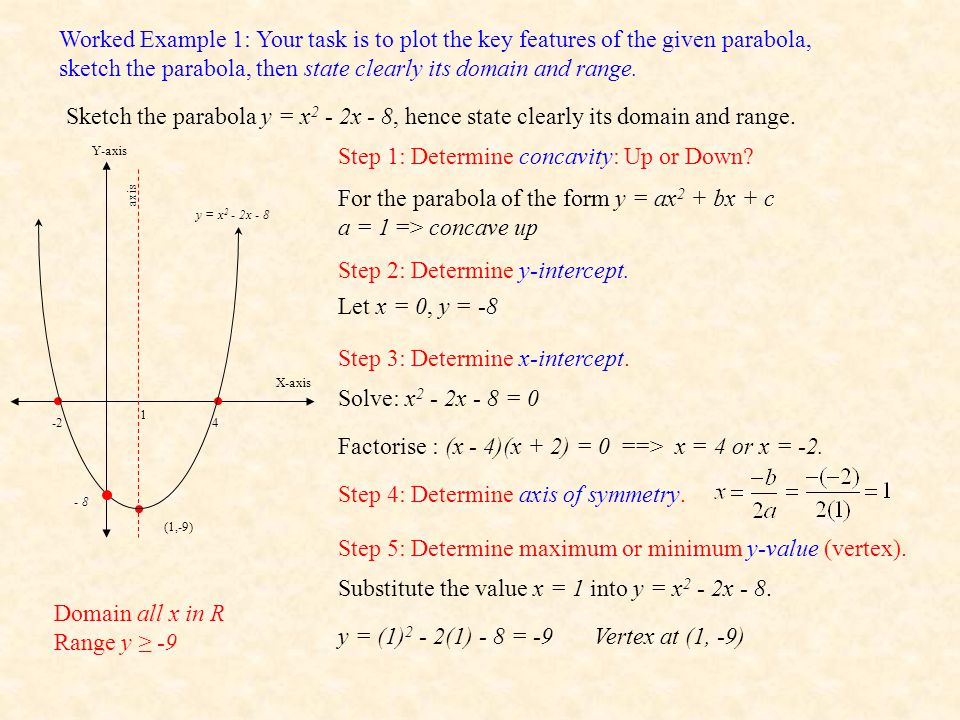



Functions Domain And Range By Mr Porter Ppt Download




Solved 16 Solve 3x2 2x 8 0 17 Given F X X2 2x Chegg Com



How To Find The Domain And Range From Y X 2 2x 8 Quora



2
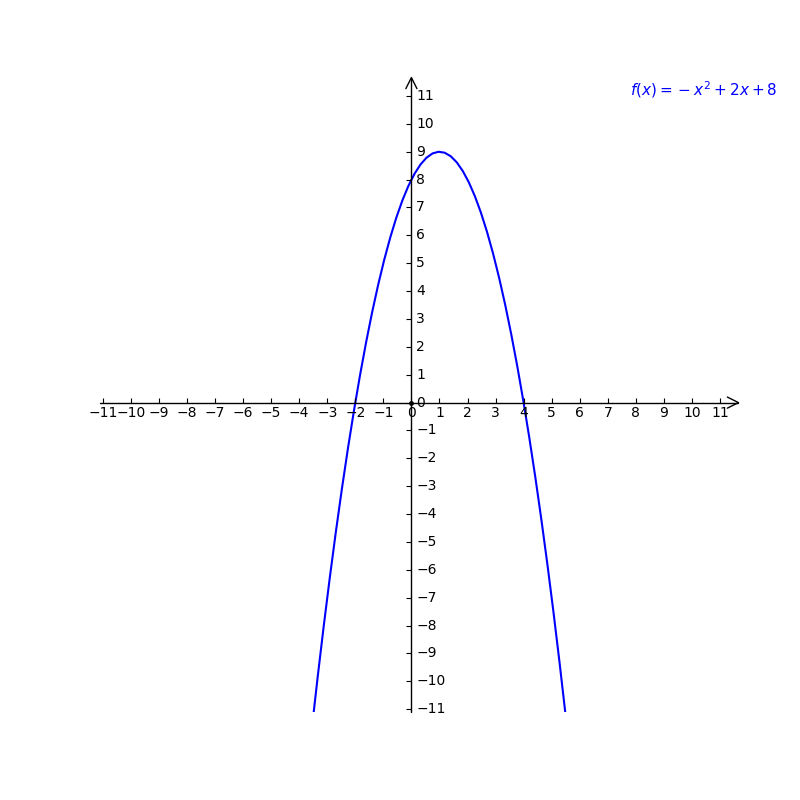



Consider The Function Fx X2 2x 8 7 Determine T Gauthmath




If R X Y X Y In W 2x Y 8 Then Write The Domain And



Solution For The Quadratic Function F X X 2 2x 8 Find A The Axis Of Symmetry And The Vertex B The X Intercepts And Y Intercepts C The Domain And Range D
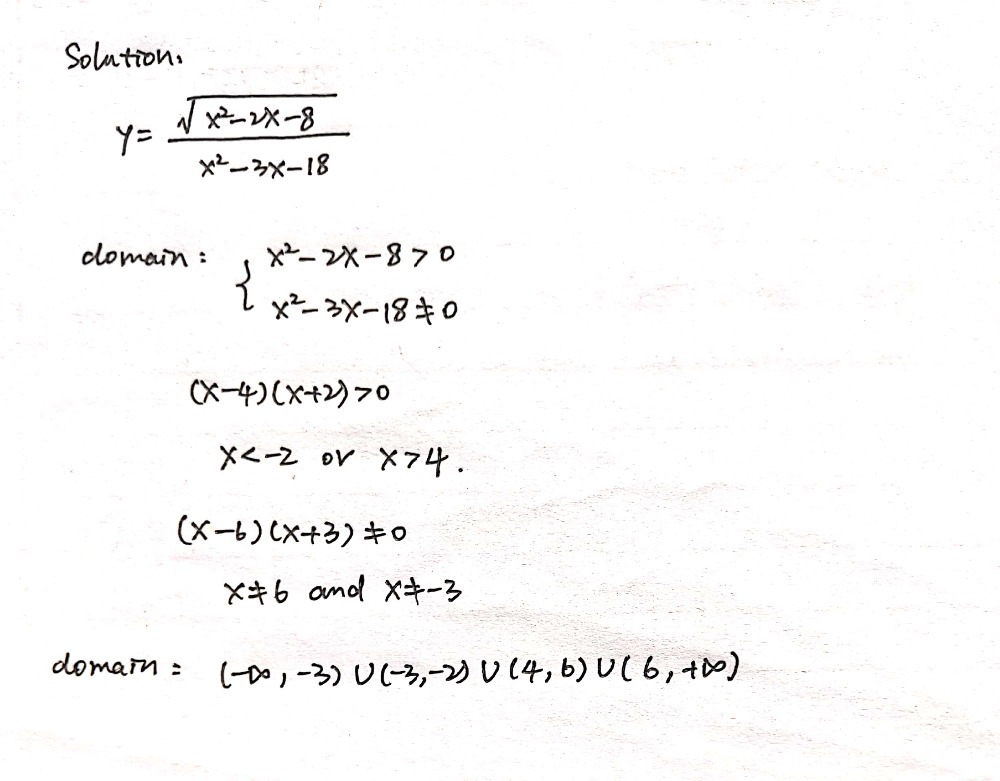



The Domain Of The Function Fx Frac Square Root Of Gauthmath



2



Www Cobblearning Net Mssimmons Files 19 01 3a 1 Key Hwk Polynomial Characteristics 2d39o7y Pdf




Chapter 5 Inverse Functions And Applications Section Ppt Download




Day 5 Book Section 7 8 Get 2 Grids For The 2 Shift Problems Ppt Download



2



2
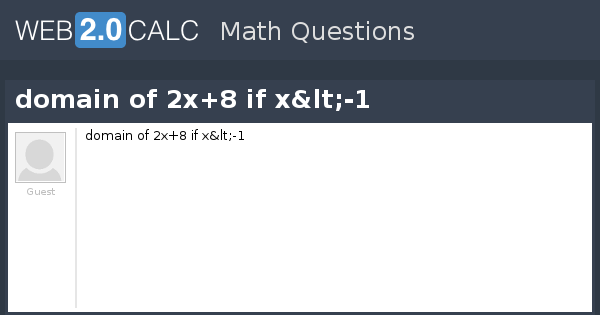



View Question Domain Of 2x 8 If X 1



How To Find The Domain And Range From Y X 2 2x 8 Quora




Find The Domain And Range Of X2 2x 4 X2 2x 4 Where X Belongs To Real Maths Relations And Functions Meritnation Com




6 Ways To Find The Domain Of A Function Wikihow



4 13 Set Domain Graphing Calculator By Mathlab User Manual



Find The Domain And Range Of The Following Relations I R1 X Y X Y N X Y 10 Sarthaks Econnect Largest Online Education Community




6 Ways To Find The Domain Of A Function Wikihow




Discontinuity Calculator Wolfram Alpha




Domain Range And Codomain



Www Lcps Org Cms Lib Va Centricity Domain L1 Writing and graphing quadratics Pdf
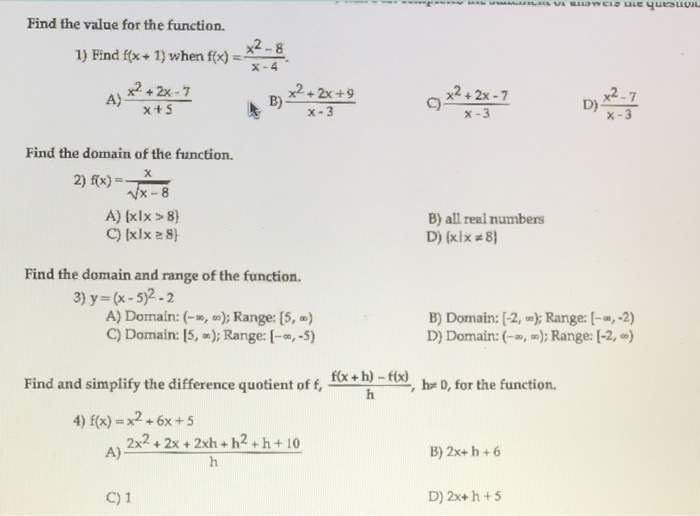



Find The Value For The Function X2 8 1 Find Ffx1 Chegg Com



Http Www Whiteplainspublicschools Org Cms Lib5 Ny Centricity Domain 360 Functions booklet with answers Pdf
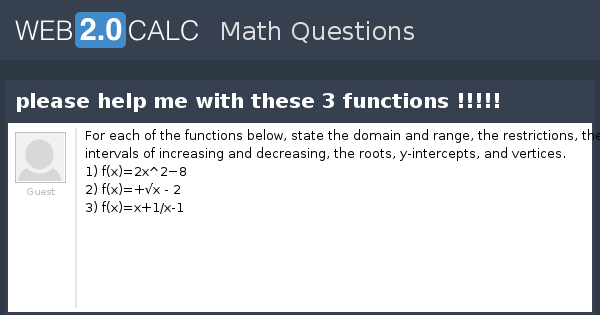



View Question Please Help Me With These 3 Functions




Identify Quad Parts Projectile Motion Physics Mechanics




Find The Domain And Range Of The Following Functions I F X X 2 Ii F X X 1 3 X
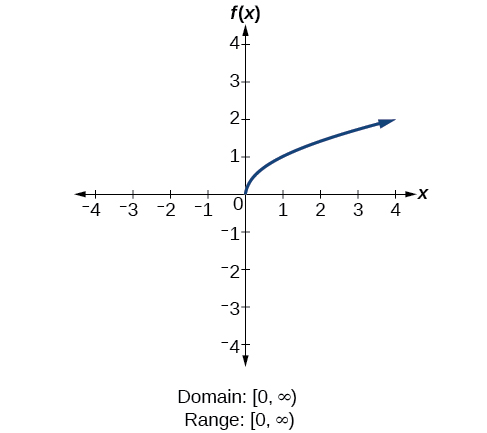



Domain And Range Algebra And Trigonometry



0 件のコメント:
コメントを投稿